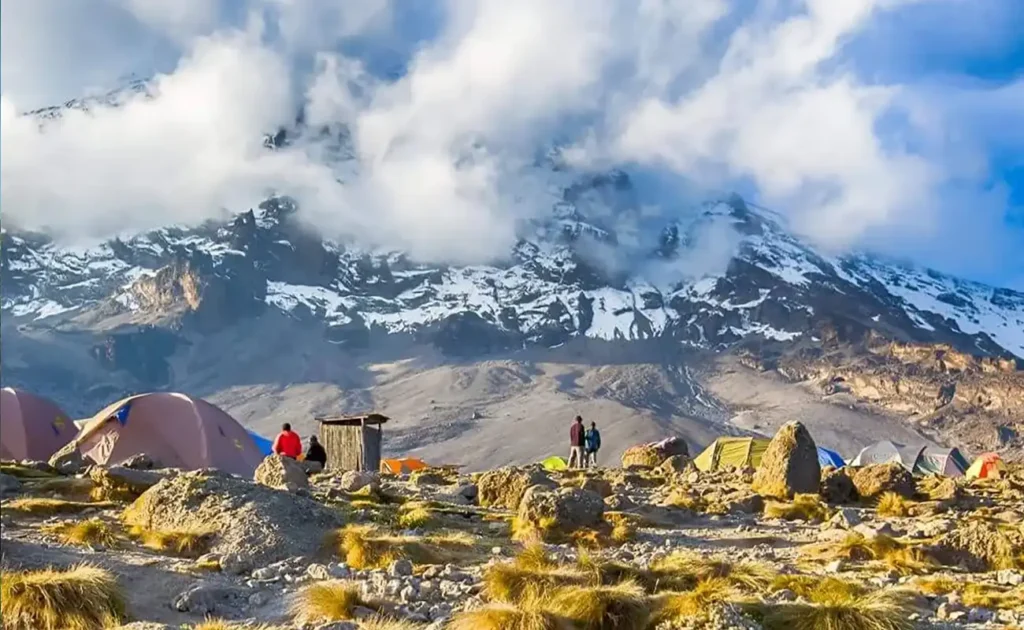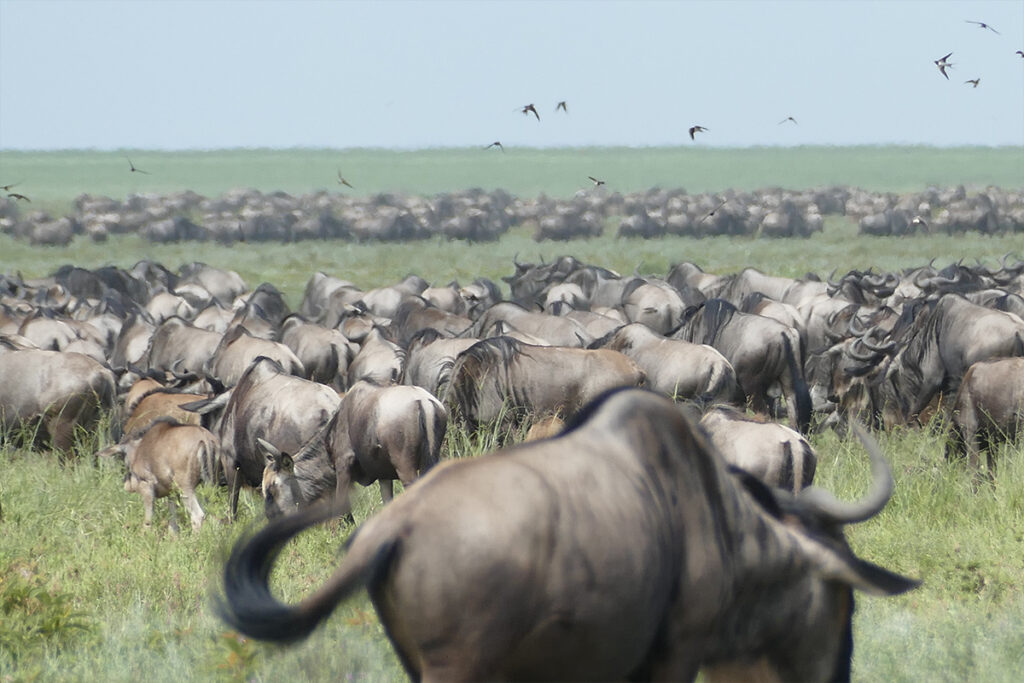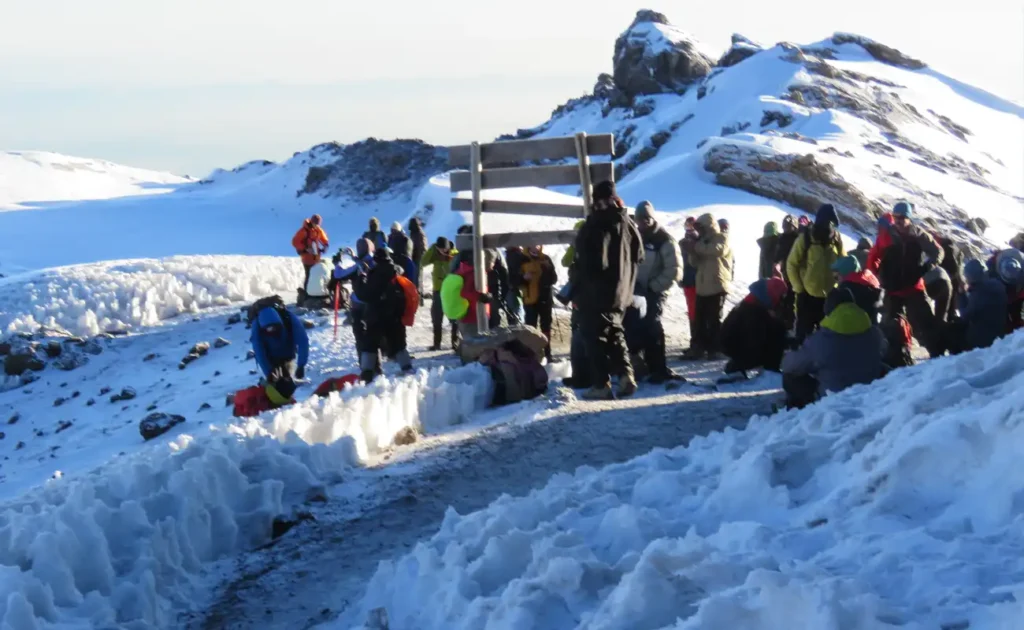With more elephants than people in some areas, Tanzania’s lush savannas promise an unforgettable safari filled with iconic wildlife sightings. Kenya equally enchants with its famed Maasai Mara, home to the world-renowned Great Migration, a spectacle every safari enthusiast dreams to witness. Choosing between these two East African jewels often feels like attempting to decide which masterpiece to admire first.
Historically, Kenya’s safari tradition dates back to the early 20th century, gaining momentum as safari tourism boomed globally. Conversely, Tanzania’s Serengeti ecosystem supports over 2 million wildebeests alone, making it an unrivaled hotspot for natural marvels. Both countries offer rich biodiversity and stunning landscapes, drawing comparisons that often rest on travel preferences and logistical considerations like visa requirements and accessibility.

Tanzania vs Kenya Safari: Exploring the Debate
When people think about African safaris, Tanzania and Kenya often compete for the top spot. Both countries promise a remarkable showcase of wildlife and stunning landscapes. Tanzania is renowned for the Serengeti and its Great Migration. Similarly, Kenya’s Maasai Mara offers the same migration spectacle but with a twist. Enthusiasts often debate which provides the better view.
Access to wildlife varies between the two countries. In Tanzania, national parks are larger, giving animals more freedom to roam. Conversely, Kenya’s parks are smaller, but this can make wildlife sightings more predictable. However, some argue that the bigger parks in Tanzania offer a more authentic experience. Choosing between them depends on the type of adventure one seeks.
Costs also differentiate the safari experiences. Kenya is often seen as more budget-friendly, attracting first-time travelers. It offers a wider range of accommodation options from luxury to more affordable lodges. On the flip side, Tanzania is perceived as pricier due to its expansive parks and fewer budget choices. Yet, many believe the additional costs are justified by the extraordinary wildlife encounters.
Seasonal changes impact both safari destinations uniquely. In Tanzania, the dry season from June to October is optimal for wildlife viewing. Meanwhile, Kenya sees peak experiences during the same months, enhanced by the migration’s river crossings. During the wet season, both regions transform into lush landscapes. Visitors should plan their safari timing based on these factors for the best experience.
Historical Context of Safari in Tanzania and Kenya
The word “safari” originates from the Swahili language, meaning “journey.” In the early 20th century, safaris in Kenya and Tanzania became popular among European explorers. People were drawn to the idea of adventure and exploration. Back then, safaris involved long treks through uncharted terrains. This period marked the beginning of what we know as modern safari tourism.
In Kenya, safaris gained fame due to famous personalities like President Theodore Roosevelt. His safari in 1909 helped put Kenya on the global map. With its railway linked to Mombasa, accessing game-rich areas became easier. This accessibility encouraged more people to visit and explore. Over time, the country’s infrastructure evolved to support growing tourism.
Tanzania, rich in history and culture, embraced safaris differently. The vast Serengeti and Mount Kilimanjaro formed the backbone of its safari attractions. Initially, only a few brave souls ventured into these territories. However, as word spread about the unique biodiversity, interest grew. Tanzania’s national parks today reflect a blend of tradition and preservation efforts.
With the rise in interest, both countries established several national parks and protected areas. Aiming to conserve wildlife, these parks became central to their safari industries. This move not only protected the animals but also promoted sustainable tourism. Today, the historical roots of safaris continue to shape their modern-day allure. Both Kenya and Tanzania remain giants in the African safari scene.
Unique Wildlife Experiences in Tanzania and Kenya
In Tanzania, the Serengeti offers one of nature’s greatest performances. Here, the Great Migration sees millions of wildebeests, zebras, and gazelles in motion. This incredible scene is a wonder to behold, drawing tourists worldwide. Visitors can also witness predators like lions and cheetahs up close. It’s an experience that stays etched in one’s memory forever.
- Serengeti National Park: Known for the Great Migration
- Ngorongoro Crater: Offers a concentrated wildlife experience
- Selous Game Reserve: Spot rare animals like the African wild dog
On the other hand, Kenya’s Maasai Mara is a similar but different spectacle. The annual migration here involves dramatic river crossings, teeming with dangers for the migrating animals. The Mara River hosts these intense moments where crocodiles await their prey. Beyond the migration, the Maasai Mara is home to the Big Five. This blend of drama and diversity enriches the safari experience.
| Kenya Parks | Key Highlights |
|---|---|
| Maasai Mara | Great Migration river crossings |
| Amboseli National Park | Iconic views of Mount Kilimanjaro |
| Lake Nakuru | Famous for flamingos |
Comparative Analysis: Safari Accessibility and Costs
When comparing safaris in Tanzania and Kenya, accessibility plays a huge role. Kenya has more international flight connections, mainly through Nairobi’s Jomo Kenyatta International Airport. This makes it easier for global tourists to start their safari adventure. On the contrary, Tanzania has Kilimanjaro International Airport and Julius Nyerere International Airport. These two cities handle fewer flights, making it a bit more challenging to reach the safari destinations.
Transportation within the countries also differs significantly. Kenya boasts a well-established network of internal flights and roads. This offers convenience for visitors traveling between parks. Tanzania, however, has fewer internal flights and a less developed road network. Tourists often rely more on charter flights, which can increase travel costs.
Cost is a vital factor for many when choosing between these safari destinations. Generally, Kenya is seen as the more budget-friendly option. It offers a variety of accommodations, from luxury lodges to budget camps. In contrast, Tanzania tends to be on the pricier side due to its luxurious lodges and fewer budget options. The higher costs in Tanzania, some argue, are worth it for the stunning landscapes and diverse wildlife.
| Country | Average Safari Cost (per day) | Accommodation Options |
|---|---|---|
| Kenya | $200 – $600 | Diverse range from luxury lodges to budget camps |
| Tanzania | $300 – $1,200 | Predominantly luxury lodges |
Entry fees to national parks also vary between the two countries. Kenya’s national parks usually charge around $60 per day. Meanwhile, Tanzania’s parks can cost between $45 to $70 per day. These fees can add up quickly, impacting the overall cost of the safari. When budgeting, travelers should consider these fees alongside other expenses.
Overall, the choice between Tanzania and Kenya often comes down to individual priorities. Some prefer Kenya’s accessibility and lower costs, while others are drawn to Tanzania’s expansive wilderness and unique experiences. By evaluating these factors, travelers can decide which destination best suits their safari dreams.
Impact of Seasonal Variations on Safari Experience
The time of year significantly impacts the safari experience in both Tanzania and Kenya. During the dry months from June to October, animals gather around water sources, making them easier to spot. The dry season also aligns with the Great Migration, providing spectacular views. Conversely, the wet season from November to May transforms the landscape into a lush paradise. Though animal sightings may decline slightly, the scenery is incredibly vibrant.
- Dry Season (June – October): Perfect for wildlife viewing and the Great Migration
- Wet Season (November – May): Stunning landscapes but fewer animal congregations
Kenya’s Maasai Mara often enjoys better weather with lighter rains compared to Tanzania. The shorter rains in November and longer rains in April influence animal movement. These seasonal changes mean different experiences at various times of the year. Many travelers choose to visit during the shoulder months for a blend of good weather and moderate tourist numbers. This decision can make for a more personalized safari adventure.
Tanzania’s weather patterns offer unique challenges and rewards. While the dry season ensures thrilling wildlife encounters, the wet season offers benefits too. Baby animals are often born during this time, and birdwatchers find countless species returning to their habitats. However, some roads become impassable, and fewer lodges may remain open. Visitors must weigh these factors when planning their trip.
| Season | Pros | Cons |
|---|---|---|
| Dry | High animal visibility, Great Migration | Crowded parks, higher prices |
| Wet | Lush landscapes, fewer tourists | Difficult travel, limited animal sightings |
Ultimately, the best time for a safari trip hinges on individual preferences. Some prioritize seeing as many animals as possible, while others savor solitude and serene beauty. Understanding seasonal differences aids in making an informed decision. This knowledge ensures that visitors can tailor their safari experience to their tastes.
Understanding the Local Culture and Accommodation Options
Tanzania and Kenya offer rich cultural experiences that enhance any safari trip. The Maasai people, known for their unique customs and colorful attire, inhabit both countries. Visitors often enjoy cultural tours where they learn about Maasai traditions and daily life. Such interactions offer a deeper understanding of each region’s history. This cultural immersion adds a meaningful layer to the safari experience.
When it comes to accommodation, both Tanzania and Kenya provide a variety of options. Travelers can choose from luxurious lodges, tented camps, or budget-friendly sites.
- Luxury Lodges: Often include all amenities and services
- Tented Camps: Offer a mix of comfort and wilderness
- Budget-Friendly: Ideal for travelers looking to save
Each type caters to different preferences, ensuring every traveler finds a comfortable stay.
In Tanzania, accommodations often focus on integrating with the natural surroundings. Lodges near the Serengeti and Ngorongoro Crater offer stunning views and unique wildlife opportunities. However, these might come at a higher price. Kenya also provides similar options near the Maasai Mara and Amboseli. The diversity in lodging allows tourists to align their stays with their safari goals.
Aside from the accommodations and cultural experiences, local cuisine is something to be explored. Both nations have mouth-watering dishes, often featuring grilled meats and fresh vegetables. Exploring local markets is a fantastic way to sample traditional flavors. Visitors are encouraged to try dishes like ugali or nyama choma. Such experiences deepen the appreciation for the local lifestyle.
Safety and hospitality are prioritized in both Tanzania and Kenya. Many tourists find locals warm and welcoming, enhancing their safari experience. Guides and staff provide valuable insights into the culture, history, and wildlife. These combined elements create a well-rounded adventure. Engaging with local culture and enjoying comfortable accommodations ensure trips are memorable in more ways than one.
Key Takeaways
- Tanzania and Kenya both offer breathtaking safari experiences.
- Choose Tanzania for its vast parks and the Great Migration.
- Kenya is known for accessibility and diverse lodging options.
- Seasonal differences can impact your safari adventure greatly.
- Consider budget, wildlife interests, and travel style to decide best fit.



